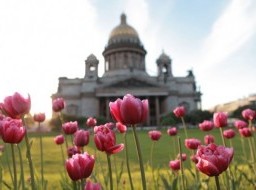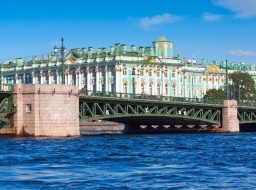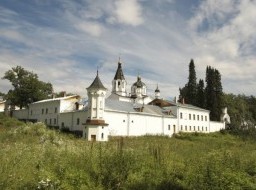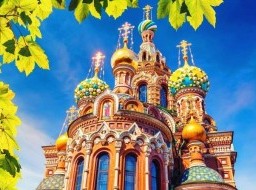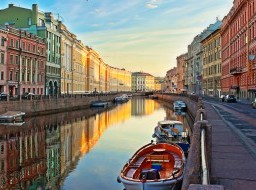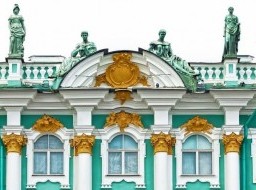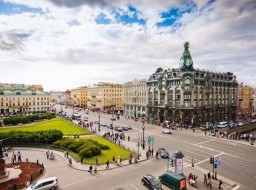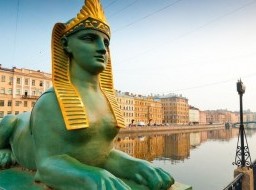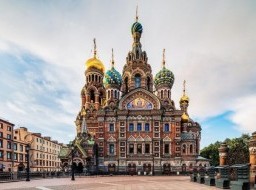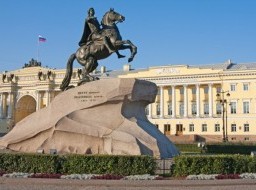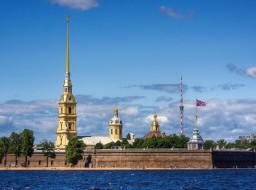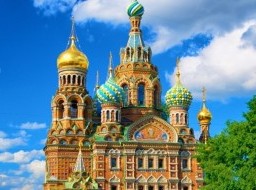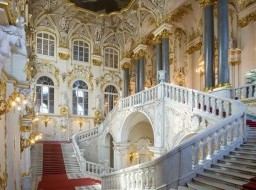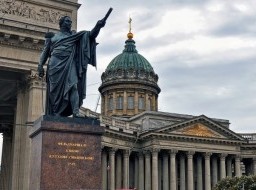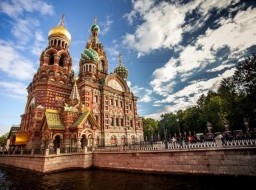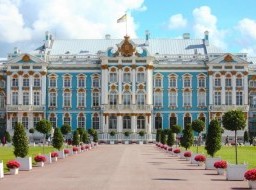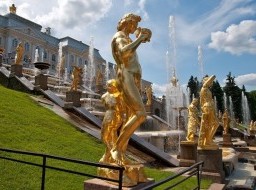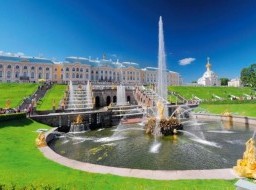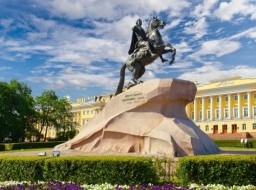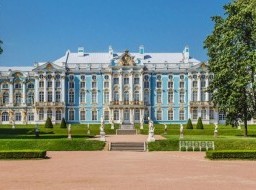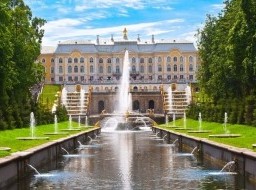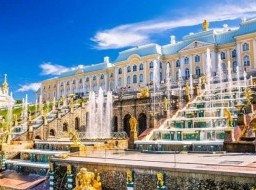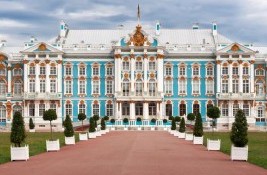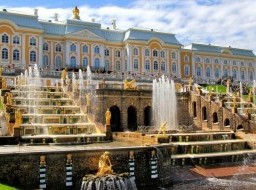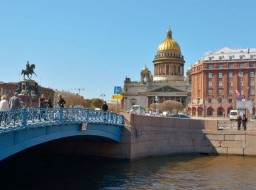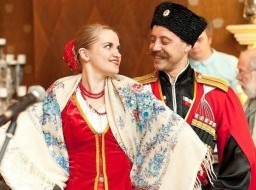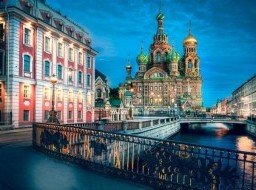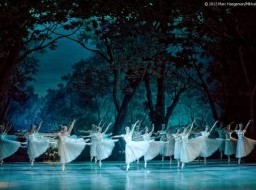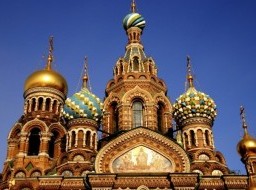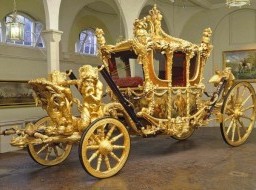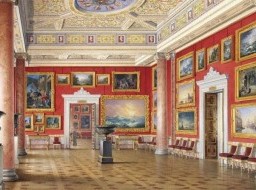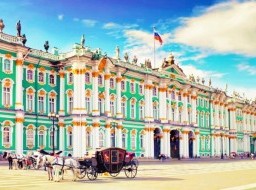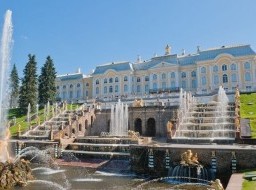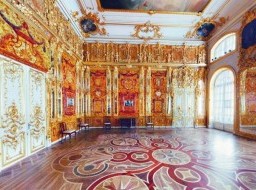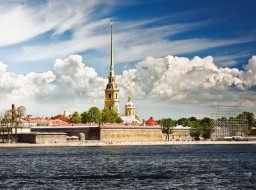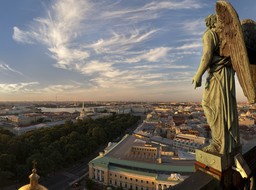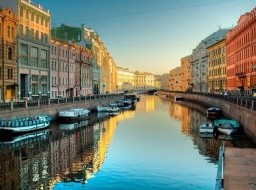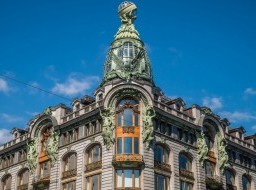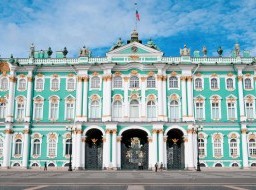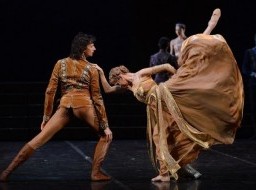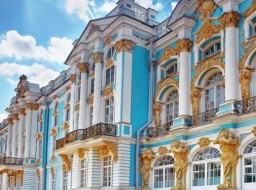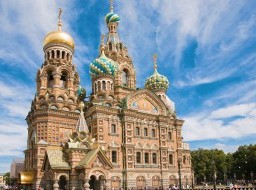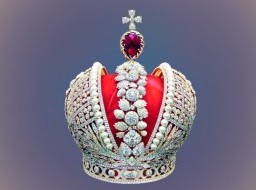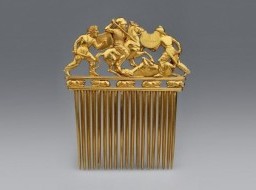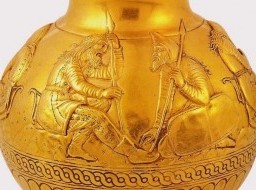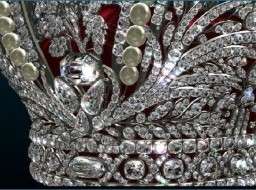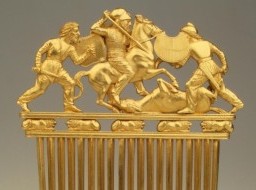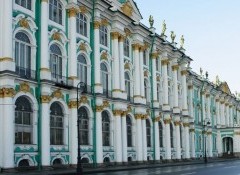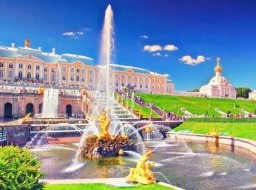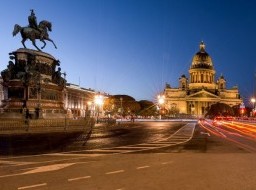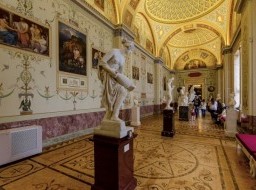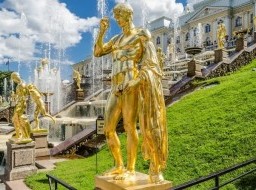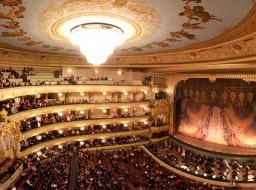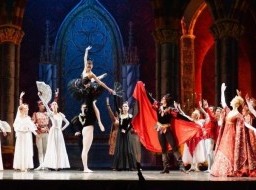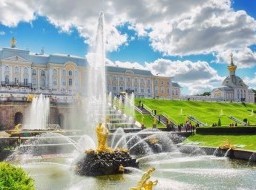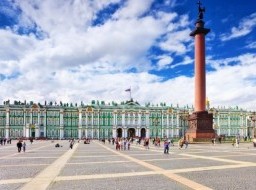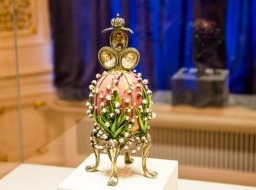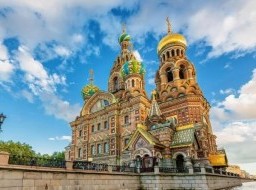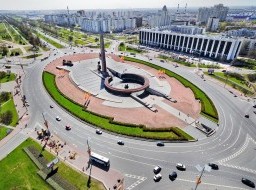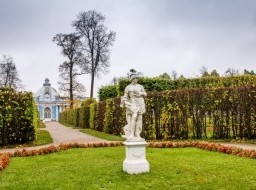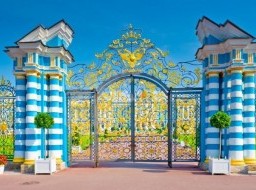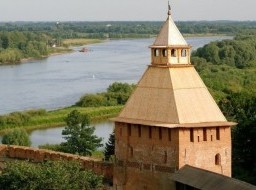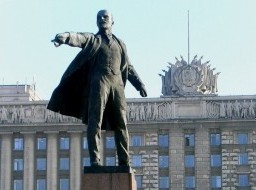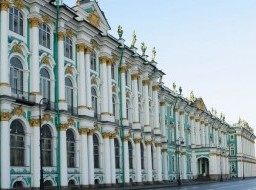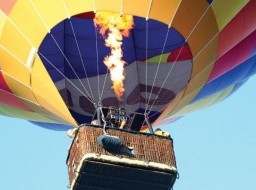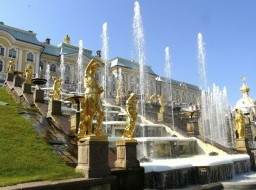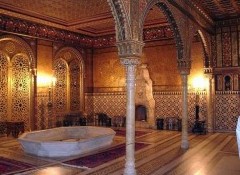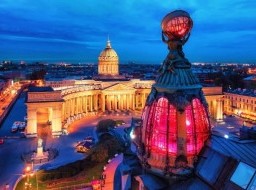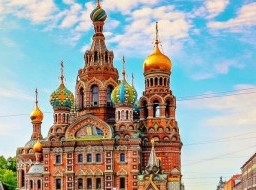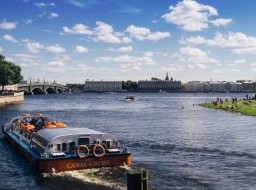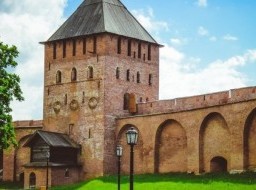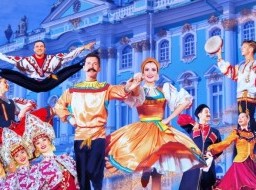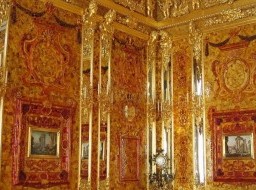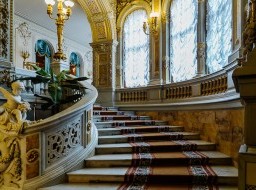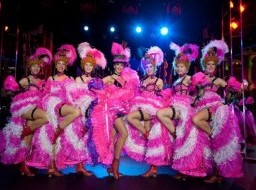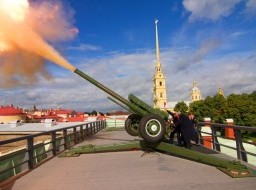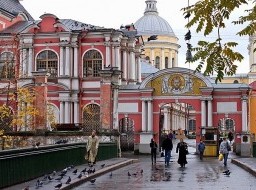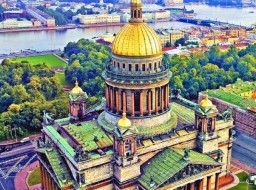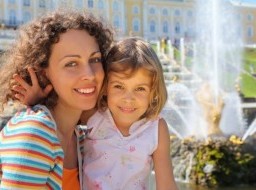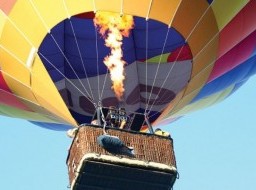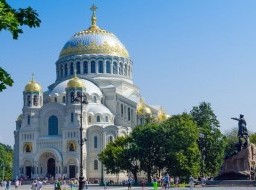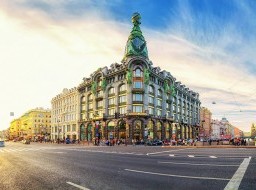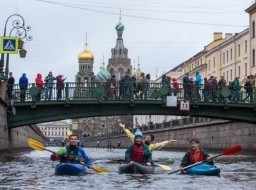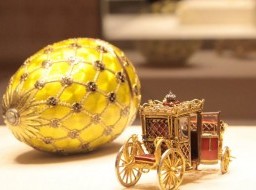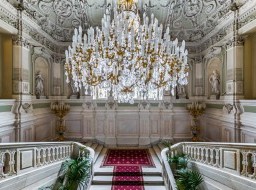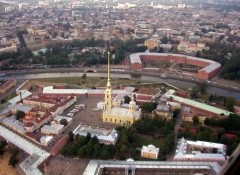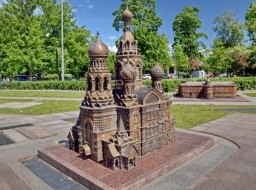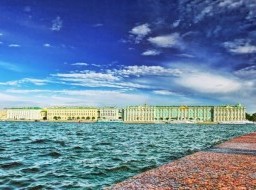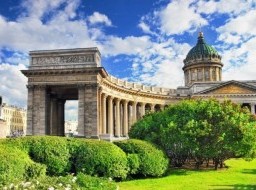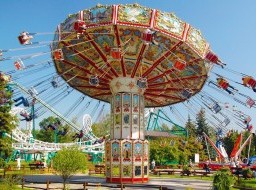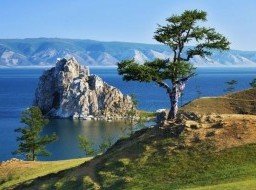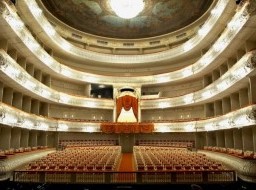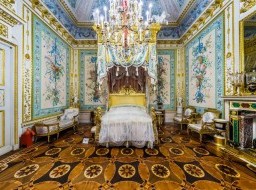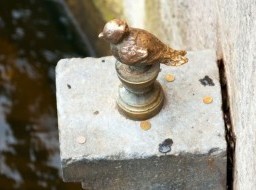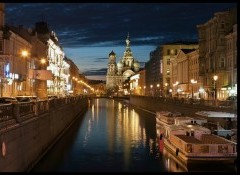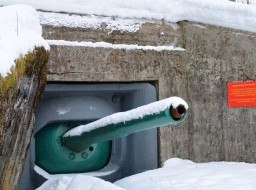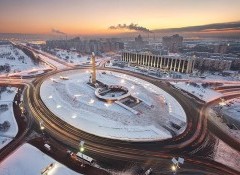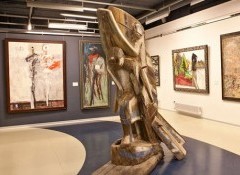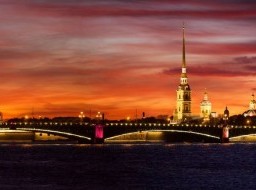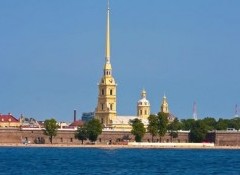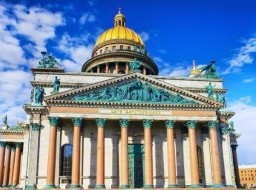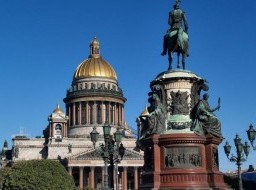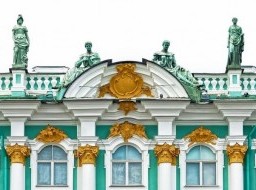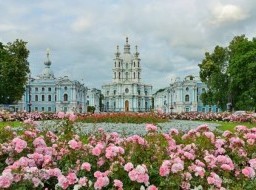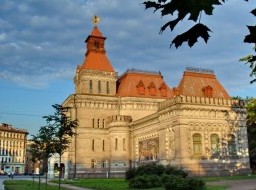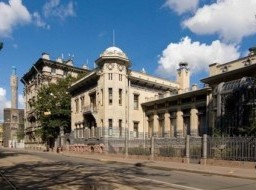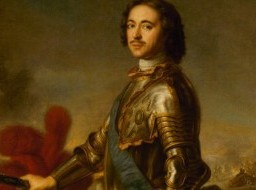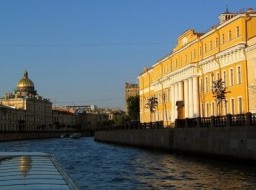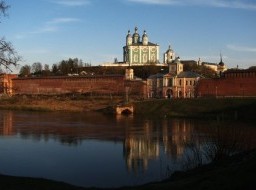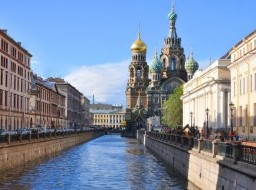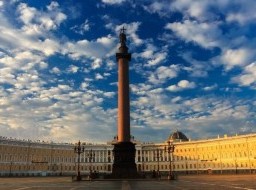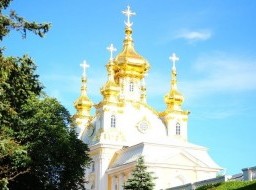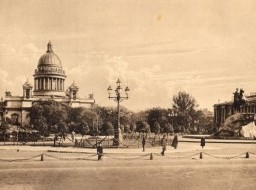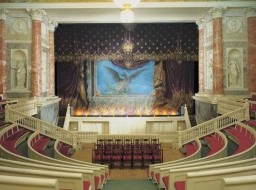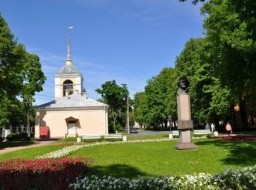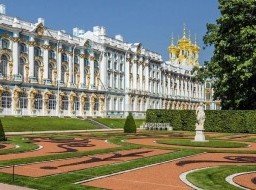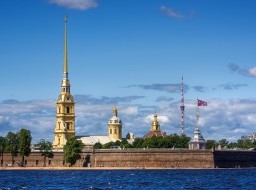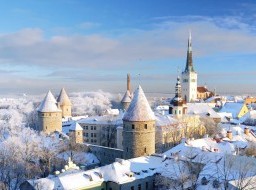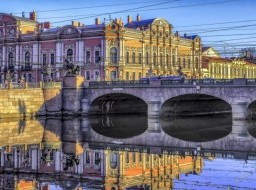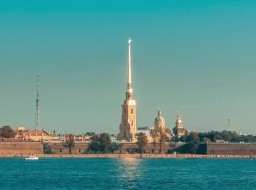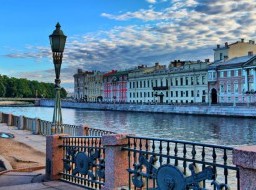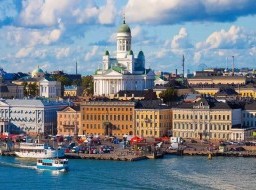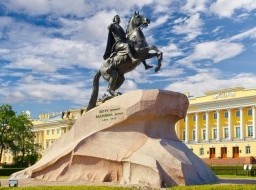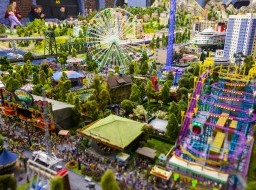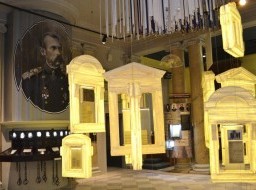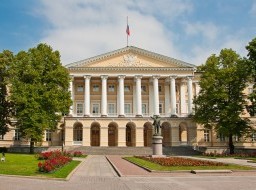Griboedov canal
This is a narrow and twisting canal flowing through the very centre of St. Petersburg, between - and for most of its length parallel to - the Fontanka and Moyka Rivers. Although the canal is less than six kilometers in length, it is traversed by more than 21 bridges, many of them pedestrian. Only Obvodny Canal, with its 24 bridges, has more. The canal's embankment is five kilometers long and gives a broad panorama of St. Petersburg architecture spanning centuries and styles - from luxurious palaces and cathedrals to simple tenements of the beginning from the 20th century. The canal is also famous as the site where anarchist revolutionaries killed Russian Emperor Alexander II, undoubtedly one of the most high-profile terrorist attacks of the 19th century. Griboedov Canal was built along the course of the small Krivusha River, which was here long before the construction of St. Petersburg. Houses for employees of the Navy Department were built on the right bank of the river in the 1730's. In 1737, the Krivusha River channel was connected to the Moyka. The new channel was named Konyushennaya, and the houses and barns of the Court Stables were located here. From 1759-1761, a mansion for General Villebois was built at the intersection of the canal and Nevsky Prospekt by Francesco Bartolomeo Rastrelli. Here, during the 1820s and 30s, millionaire Baron Vasily Engelhardt held the best masquerades and balls in the city, and it now hosts concerts of chamber music in the Maly (Small) Hall of the St. Petersburg Philharmonia. View onto the Griboedov Canal and the Church of Our Savior on the Spilled Blood
On June 3, 1766, the Krivusha River was officially renamed the Ekaterinsky Canal. It took 25 years to fully dredge the channel and strengthen the banks. New bridges were built - the Kazansky, Kamenny, Malo-Kalinkin, Pikalov, Alarchin and Kokushkin Bridges. The banks of the channel were reinforced with granite and a cast iron fence was installed along the embankment. At the end of the 18th century, the Assignation Bank building was constructed by the renowned architect Giacomo Quarenghi on the site of the former Sea Market (Morskoy Rynok). It was here that Russia's first banknotes were printed. Near the entrance is a pedestrian suspension bridge spanning the canal - the Bank Bridge. The bridge's four griffin sculptures with gilded wings have become one of the symbols of St. Petersburg. Sharp turn of the Griboedov Canal
In the second half of the 19th century, talks regarding filling in the Ekaterinsky Canal began. Ideas widely discussed among the authorities and the public but never implemented included plans to replace it with a broad avenue with a horse-drawn railroad and avenues for walks or to dry out the channel and build a metro line in its place. During the same period, many houses and apartment buildings were being constructed on the waterfront of the Ekaterinsky Canal. Of particular interest are several magnificent buildings by the great French-Russian architect Pavel Suzor: the St. Petersburg Society of Mutual Credit building, the two Ratkov-Rozhnov Apartment Houses and, most famously, the Singer Building (now the Dom Knigi bookstore) on the corner of Nevsky Prospekt. Other architectural highlights from the era include the barracks of the Sea Guards; the stunning Art Nouveau Catherine Public Assembly building with its excellent interiors; and the Myussar House, which was once the Hotel Napoli. Lion Bridge and a view of the Griboedov Canal
The Griboedov Canal reflects in its waters the cuppolas and belltowers of some of St. Petersburg's grandest and most beautiful churches. The Kazan Cathedral is the largest, with its immense curving colonnades, but the most famous is undoubtedly the Church of Our Saviour on the Spilled Blood, built to mark the site of the assassination of Emperor Alexander II, killed by members of Narodnaya Volya ("the people's will) in an elaborate attack that involved throwing a bomb beneath the imperial carriage. Although Alexander survived the initial explosion, a second bomber, Ignatiy Grinevitsky, threw a second device at close range as the emperor emerged from his mangled carriage. It killed them both. The Griboedov Canal in White Night
Built and decorated between 1883 and 1907, the church, officially titled the Cathedral of the Resurrection of Christ is a rioutously colored Russian Revival building that echoes St. Basil's Cathedral in Moscow. Although its rich decorations verge almost on pastiche, it remains one of the best loved buildings in the city and an instantly recognizable landmark. Further west along the canal, the St. Nicholas Naval Cathedral is one of the oldest and most beautiful large churches in St. Petersburg, made particularly attractive by its setting at the intersection of the Griboedov and Kryukov Canals. Only around 100 m from the cathedral, a final highly worthy addition to the canal's churches was the Estonian Orthodox Church of St. Isidore, built 1903-1907 in Neo-Byzantine style. Poetic charm of the Griboedov Canal
In 1923, the Ekaterinsky Canal was renamed in honor of the Russian playwright and diplomat Alexander Griboedov who had lived in a house on the embankment. Today, traveling along the Griboyedov Canal - on foot or by boat - is an indispensable part of exploring St Petersburg. |
|
